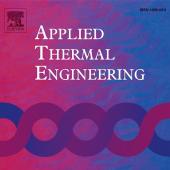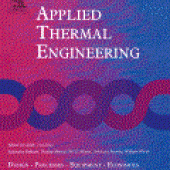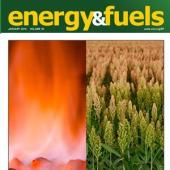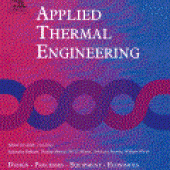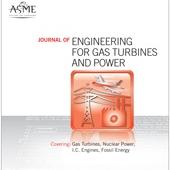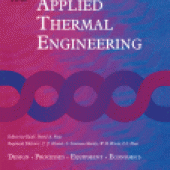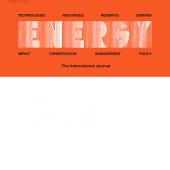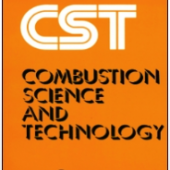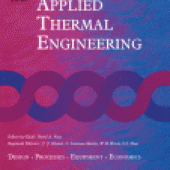Energy diagnosis and structuring an energy saving proposal for the metal casting industry: An experience in Colombia
The increase of energy efficiency is an option to reduce greenhouse gas emissions (GHG). This benefits the industrial sector by reducing the energy consumption required to manufacture products, increasing production levels, and improving the competitiveness of the industry at a national and international level.


